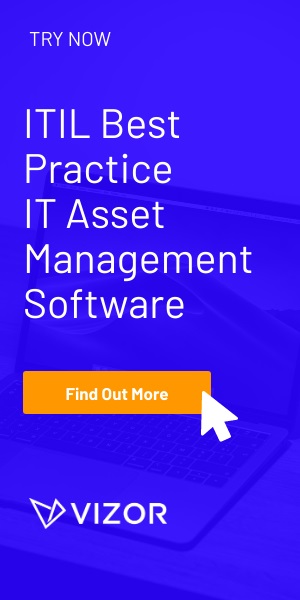The breadth of opportunity for RoI in IT Asset Management
IT Asset Management – multiple areas of RoI
The commonly cited and generalized reasons for making the effort with ITAM are reducing risk and reducing cost. Less often quoted, but equally valid, is an increase in user productivity. In a short white paper that you’re welcome to download (no registration required), we set out in more detail some areas of Return on Investment (RoI) that should be accessible to anyone who has invested in IT asset management for their organization’s PCs, and in particular for the PC software which accounts for so much of the annual IT spend.
We derived categories of RoI by looking at four key characteristics of PC software, and what the implications are of variances between these four. The four characteristics below should, in an ideal situation, match perfectly.
- The organization’s requirement for each and every application licensed.
- The application licenses owned in reflection of the quantified requirement.
- The application copies deployed.
- The usage made of each deployed copy of an application.
One fundamental requirement for an ITAM tool or solution is to be able to discover and/or quantify each of these characterstics, and isolate and quantify any variances. (It should perform these functions for all PCs, whether networked and conveniently in Active Directory, or floating around with mobile executives.)
Any variance between two or more characteristics represents an anomaly which can be pro-actively addressed, whether under-provision, over-provision, deployment to the wrong PCs, or lack of accurate assessment of need.
RoI example – improving accuracy of assessment of needs
For example, let’s examine variance between 4, the usage made of each deployed copy, and 1, the assessment of requirements. The assessment of requirement should support a drill-down to the individual PCs on which the application should be installed. This means that you have a reference list of targeted PCs for which you can examine the actual application usage. In the event of an application showing zero usage on one or more of the target PCs, clearly something is wrong with the assumptions behind the assessed requirement, and re-visiting that definition may reveal a more narrow, lower quantity requirement than was initially assessed. Maybe that expensive analytics package is only used by a top echelon of business analysts.
(Your assessment of needs should, ideally, be based on a simple, policy-based method of associating an application with the PCs on which it will be needed. For your standard AV tool that should be easy – one for every machine on the register. For a specialized business analytics package, you need some basis of defining which particular groups of PCs will need it.)
Setting IT Asset Management priorities
With so much opportunity for screw-up in assessing application needs, purchasing adequately and optimally, and deploying precisely where needed, it usually makes sense to offer the business the basic options of risk reduction and cost reduction as the first level of decision making, and then at the operational level for the ITAM team to decide which area of variance to begin looking at first, and for which applications. Selecting particularly expensive applications to start with may provide a quick win, if excess licensing is uncovered by comparing installs with licenses owned, but could turn around and incur cost if the reverse is the case. But you may decide that your first concern is to examine the usage of the copies you have, and re-examine the way in which the requirements for the application have been quantified.
After all, understanding why the organization spends money on a given applications makes basic business sense!
For the full spectrum of opportunity to correlate your definition, purchase and use of software, our short white paper on Software Asset Optimization is available to all. Nor is it tied to Vector’s Asset Manager Pro solution.






